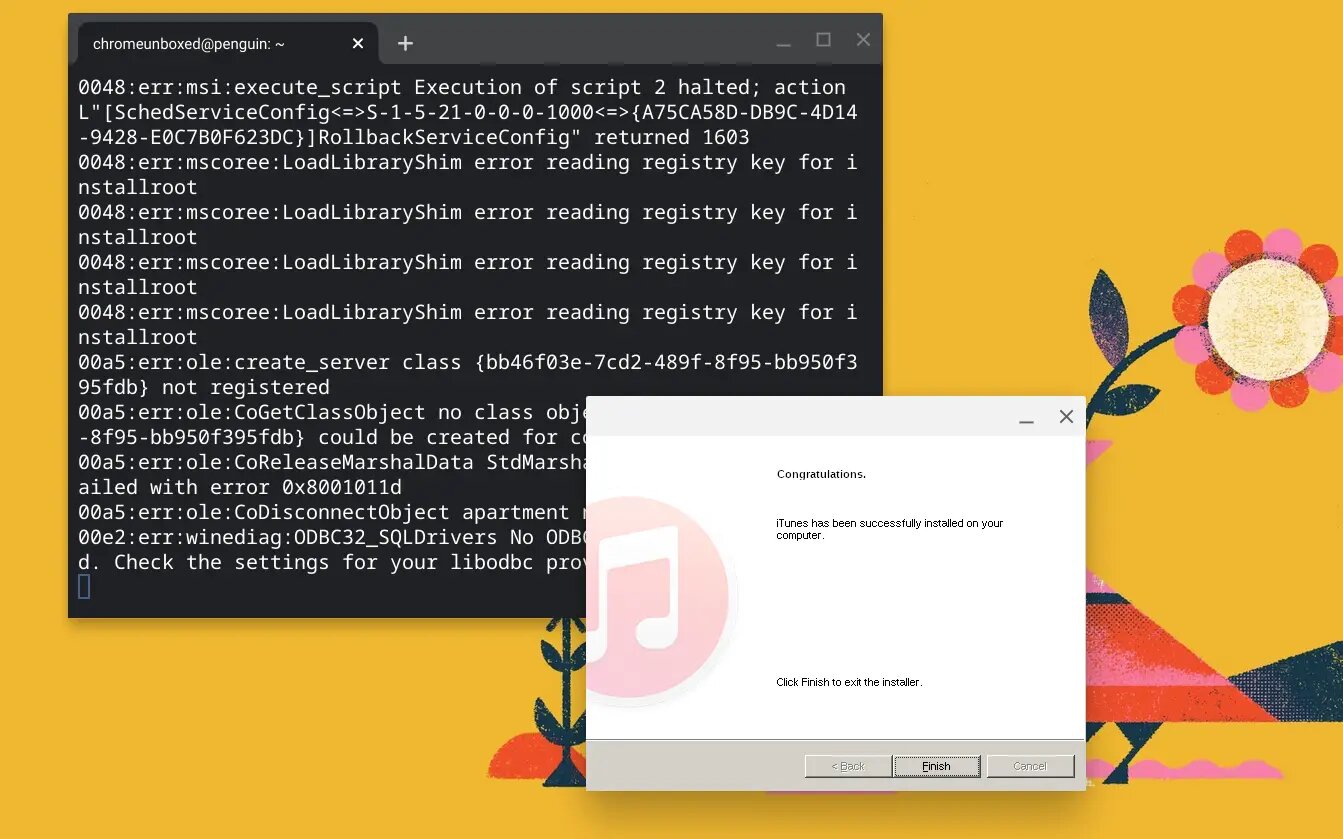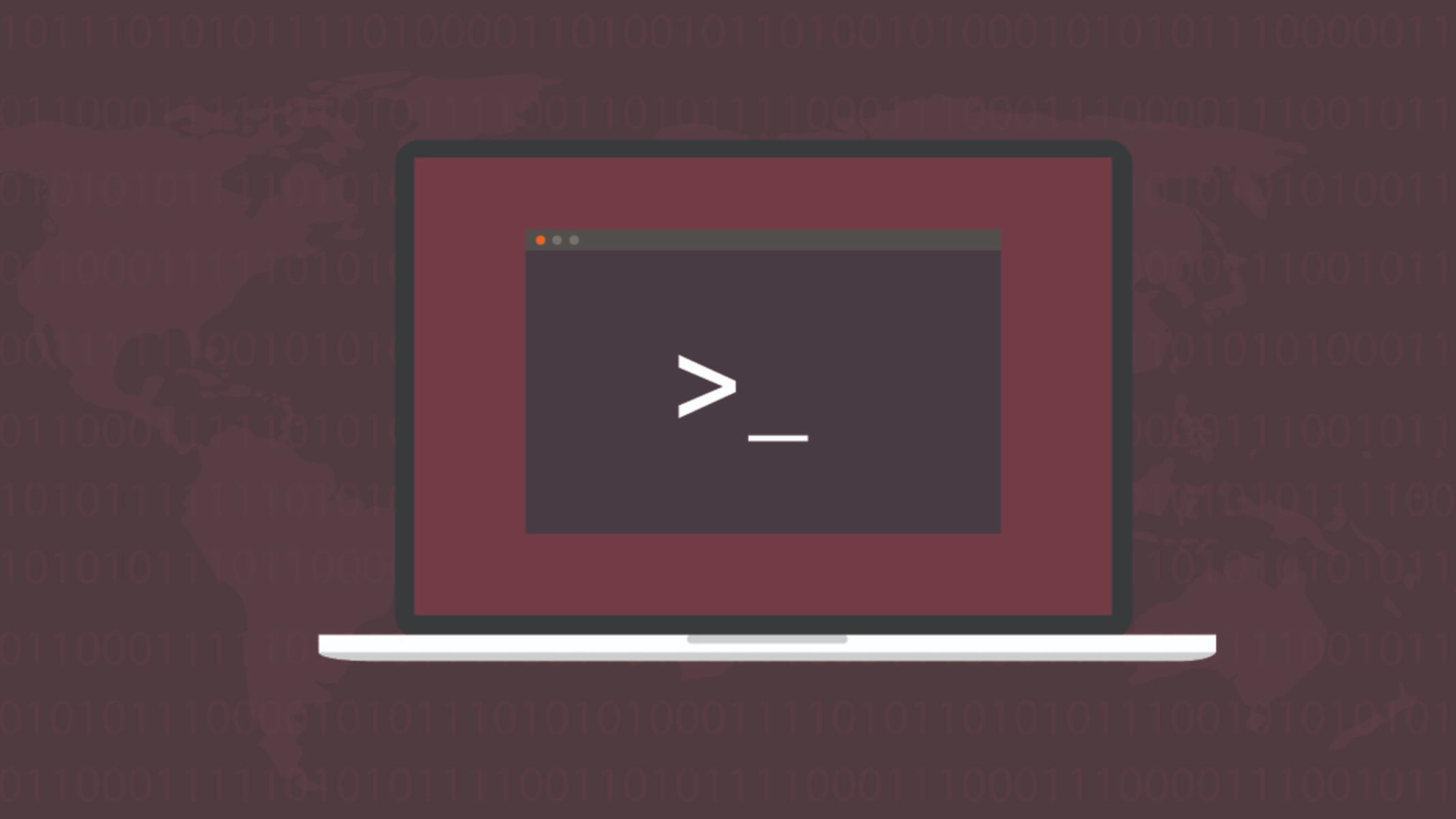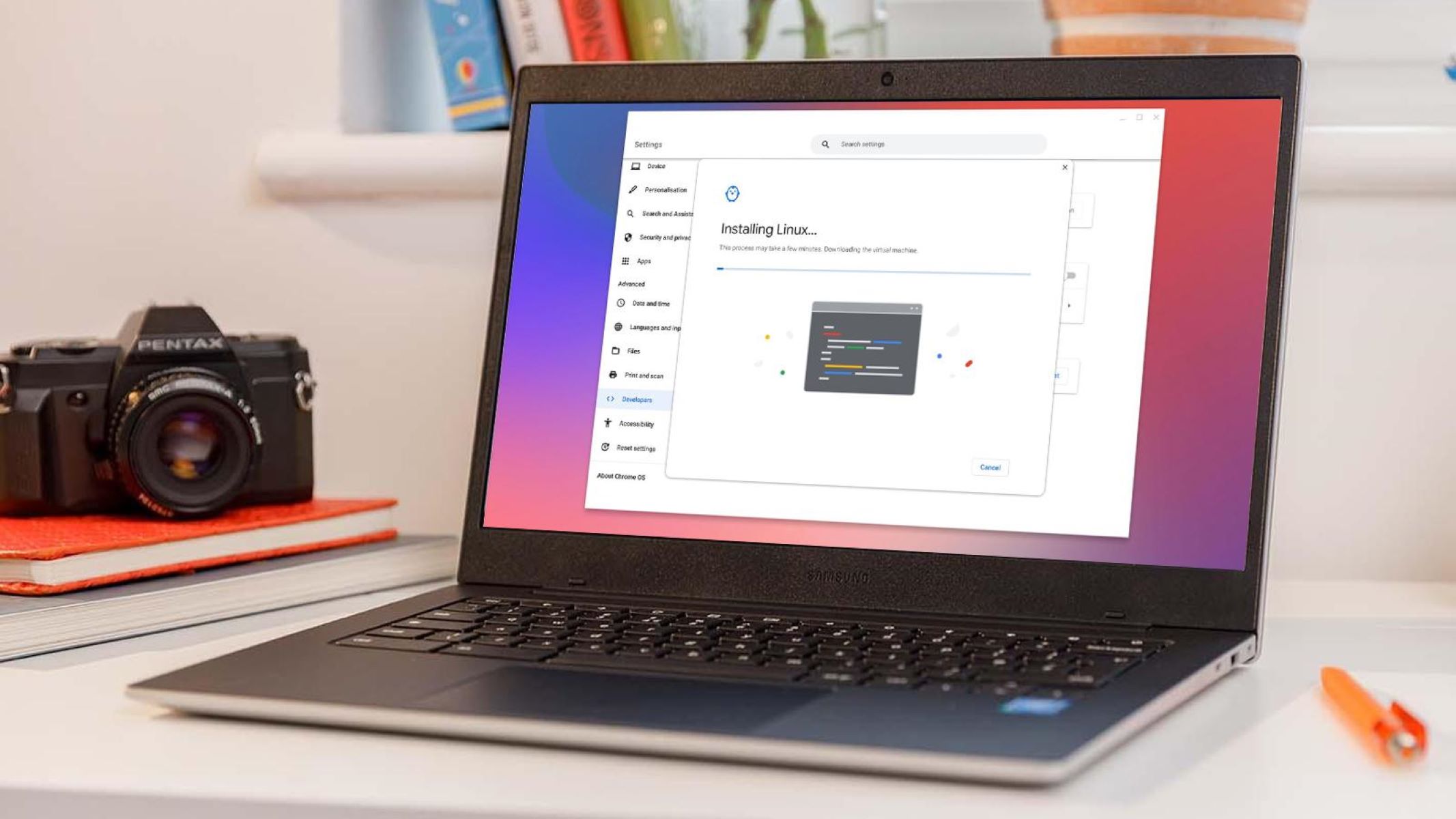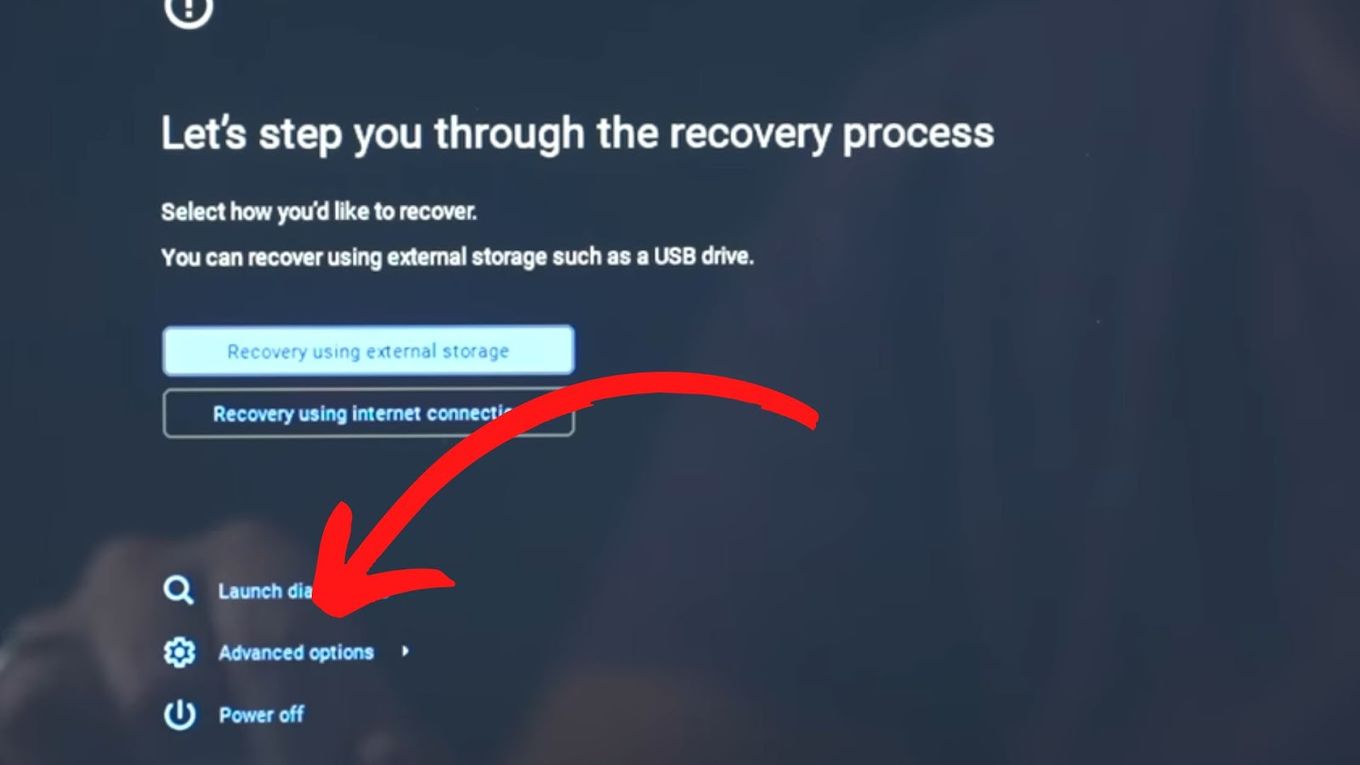Introduction
Chrome OS Developer Mode is a powerful feature that unlocks the full potential of your Chromebook. By enabling Developer Mode, users gain access to advanced settings and features that are typically hidden in the standard mode. This mode is designed for developers, tech enthusiasts, and power users who want to customize their Chromebook experience beyond the constraints of the regular user interface.
Enabling Developer Mode on Chrome OS allows users to install and run Linux applications, access the Chrome OS command shell, and even modify the underlying system files. It essentially transforms the Chromebook into a more versatile and customizable computing platform, opening up a world of possibilities for those who are willing to explore its capabilities.
While Developer Mode offers a wealth of opportunities for experimentation and customization, it's important to note that enabling this mode comes with certain risks. It bypasses some of the built-in security features of Chrome OS, potentially exposing the system to security threats if not managed carefully. Therefore, it's crucial to understand the implications of turning on Developer Mode and to use it responsibly.
In the following sections, we will delve into the specifics of Chrome OS Developer Mode, explore the reasons why one might want to enable it, and provide a comprehensive guide on how to turn on Developer Mode on your Chromebook. Whether you're a seasoned developer looking to push the boundaries of your Chromebook's capabilities or a curious user eager to explore the untapped potential of Chrome OS, this guide will equip you with the knowledge and tools to make the most of Developer Mode.
What is Chrome OS Developer Mode?
Chrome OS Developer Mode is a specialized configuration that allows users to access advanced features and customization options beyond the standard settings available in the regular mode. When a Chromebook is in Developer Mode, it grants users elevated privileges to modify the operating system, install third-party applications, and interact with the system at a deeper level. This mode is primarily intended for developers, enthusiasts, and power users who seek to extend the functionality of their Chromebooks beyond the typical user experience.
Enabling Developer Mode effectively removes certain restrictions that are in place to safeguard the stability and security of the Chrome OS. It provides users with the freedom to explore and experiment with the inner workings of the operating system, making it an attractive option for those who are keen on customization and tinkering with technology.
One of the key features unlocked by Developer Mode is the ability to install and run Linux applications on a Chromebook. This expands the software ecosystem available to users, allowing them to leverage a wider range of applications and tools for development, productivity, and entertainment. Additionally, Developer Mode grants access to the Chrome OS command shell, enabling users to execute commands and perform system-level tasks that are not accessible in the standard mode.
Furthermore, Developer Mode facilitates the modification of system files and settings, providing a level of control and flexibility that is not typically available in the standard user interface. This can be particularly beneficial for developers and technical users who require a more customizable environment to accommodate their specific needs and preferences.
It's important to note that while Developer Mode offers significant advantages in terms of customization and flexibility, it also comes with inherent risks. By bypassing certain security measures, Developer Mode exposes the Chromebook to potential vulnerabilities if not managed carefully. Users should exercise caution and be mindful of the implications of enabling Developer Mode, especially in terms of security and system stability.
In essence, Chrome OS Developer Mode empowers users to push the boundaries of their Chromebook's capabilities, providing a playground for exploration, experimentation, and customization. It represents a gateway to a more versatile and adaptable computing experience, catering to the needs of users who are eager to delve into the intricacies of Chrome OS and harness its full potential.
Why Turn On Developer Mode?
Enabling Developer Mode on Chrome OS unlocks a plethora of advanced features and customization options that are not accessible in the standard mode. Here are compelling reasons why you might consider turning on Developer Mode for your Chromebook:
-
Access to Linux Applications: Developer Mode allows users to install and run Linux applications on their Chromebooks. This significantly expands the software ecosystem available to users, providing access to a wide range of development tools, productivity software, and utilities that are not natively supported in Chrome OS.
-
Enhanced Customization: Developer Mode empowers users to customize their Chromebooks beyond the limitations of the standard user interface. It enables the modification of system files, settings, and configurations, allowing for a more personalized computing experience tailored to individual preferences and requirements.
-
Development and Testing Environment: For developers and tech enthusiasts, Developer Mode provides a conducive environment for software development, testing, and experimentation. It facilitates the installation of development tools and environments, making it an ideal platform for coding, debugging, and prototyping applications.
-
Access to Command Shell: Enabling Developer Mode grants users access to the Chrome OS command shell, providing a powerful interface for executing commands and performing system-level tasks. This level of access is invaluable for users who require deeper interaction with the operating system.
-
Learning and Exploration: Developer Mode offers an opportunity for users to delve into the inner workings of Chrome OS, fostering a learning environment for those interested in understanding the underlying mechanisms of the operating system. It encourages exploration and experimentation, nurturing a deeper understanding of technology.
-
Flexibility and Adaptability: By enabling Developer Mode, users gain a higher degree of control and flexibility over their Chromebooks. This flexibility is particularly beneficial for power users and technical enthusiasts who seek a more customizable computing environment to accommodate their specific needs and workflows.
-
Community and Support: Many developers and tech communities actively engage with Chrome OS in Developer Mode, offering a wealth of resources, tutorials, and support for users who are keen on exploring the capabilities of their Chromebooks. Engaging with these communities can provide valuable insights and assistance in utilizing Developer Mode effectively.
In essence, turning on Developer Mode on Chrome OS unleashes a realm of possibilities, catering to developers, enthusiasts, and users who are eager to elevate their Chromebook experience beyond the confines of the standard mode. It represents a gateway to a more versatile, customizable, and empowering computing environment, fostering creativity, exploration, and innovation.
How to Turn On Developer Mode on Chrome OS
Enabling Developer Mode on Chrome OS involves a series of steps that are designed to provide users with elevated privileges and access to advanced features. It's important to note that entering Developer Mode will reset the Chromebook to its factory settings, erasing all local data in the process. Therefore, it's crucial to back up any important files before proceeding. Here's a comprehensive guide on how to turn on Developer Mode on your Chromebook:
-
Backup Your Data: Before initiating the process of enabling Developer Mode, ensure that all important files and data are backed up to an external storage device or cloud service. This step is critical as entering Developer Mode will result in a complete system reset, erasing all local data on the Chromebook.
-
Enter Recovery Mode: To begin the process, power off the Chromebook. Once it's powered off, press and hold the 'Esc' and 'Refresh' keys simultaneously, then press the power button to turn on the device. This will boot the Chromebook into Recovery Mode.
-
Enable Developer Mode: In Recovery Mode, you will see a message stating that Chrome OS is missing or damaged. Press 'Ctrl + D' on the keyboard to initiate the process of enabling Developer Mode. A prompt will appear, asking you to confirm the transition to Developer Mode. Press 'Enter' to proceed.
-
System Reset and Transition: After confirming the transition to Developer Mode, the Chromebook will begin the process of transitioning to Developer Mode. This involves a system reset, during which all local data will be erased. The transition process may take several minutes to complete.
-
Finalizing Developer Mode: Once the transition to Developer Mode is complete, the Chromebook will reboot, and you will be greeted with a screen indicating that Developer Mode is enabled. At this point, you can proceed with the initial setup process, including signing in with your Google account and configuring the Chromebook to your preferences.
-
Acknowledging the Developer Mode Warning: Upon entering Developer Mode, a warning screen will appear each time the Chromebook is booted, indicating that the system is in Developer Mode. To proceed past this screen, press 'Ctrl + D' to boot into Developer Mode.
It's important to keep in mind that while Developer Mode offers advanced customization and access to powerful features, it also bypasses certain security measures, potentially exposing the system to security risks if not managed carefully. Users should exercise caution and be mindful of the implications of enabling Developer Mode, especially in terms of system security and stability.
By following these steps, users can successfully turn on Developer Mode on their Chromebooks, unlocking a realm of advanced capabilities and customization options that cater to developers, enthusiasts, and power users seeking to extend the functionality of their Chrome OS devices.
Conclusion
In conclusion, Chrome OS Developer Mode serves as a gateway to a realm of advanced customization, enhanced flexibility, and expanded capabilities for Chromebook users. By enabling Developer Mode, individuals gain access to a host of powerful features, including the ability to install and run Linux applications, modify system files, and interact with the Chrome OS command shell. This mode is particularly appealing to developers, tech enthusiasts, and power users who seek to push the boundaries of their Chromebook's functionality and tailor the computing experience to their specific needs.
The decision to turn on Developer Mode should be approached with a clear understanding of its implications. While it offers unparalleled opportunities for customization and experimentation, it also bypasses certain security measures, potentially exposing the system to security risks if not managed responsibly. Therefore, users should exercise caution and be mindful of the trade-offs associated with enabling Developer Mode.
By embracing Developer Mode, users can harness the full potential of their Chromebooks, creating a platform that aligns with their unique workflows, preferences, and technical requirements. Whether it's for software development, system customization, or exploration of the Chrome OS ecosystem, Developer Mode empowers users to delve into the intricacies of their devices and unlock a world of possibilities.
Furthermore, the vibrant community and support surrounding Chrome OS in Developer Mode provide valuable resources, tutorials, and insights for users embarking on this journey. Engaging with these communities can enhance the experience of utilizing Developer Mode, offering guidance and inspiration for leveraging its capabilities effectively.
In essence, Chrome OS Developer Mode represents a paradigm shift in the Chromebook experience, offering a playground for creativity, innovation, and technical exploration. It embodies the spirit of empowerment, enabling users to transform their Chromebooks into versatile, adaptable computing platforms that cater to their individual aspirations and ambitions.
As users navigate the realm of Developer Mode, it's essential to approach it with a balance of curiosity and responsibility, leveraging its capabilities to enrich the Chromebook experience while being mindful of the security and stability considerations. With the right approach, Developer Mode can unlock a world of opportunities, fostering a dynamic and personalized computing environment that resonates with the diverse needs and aspirations of Chromebook users.







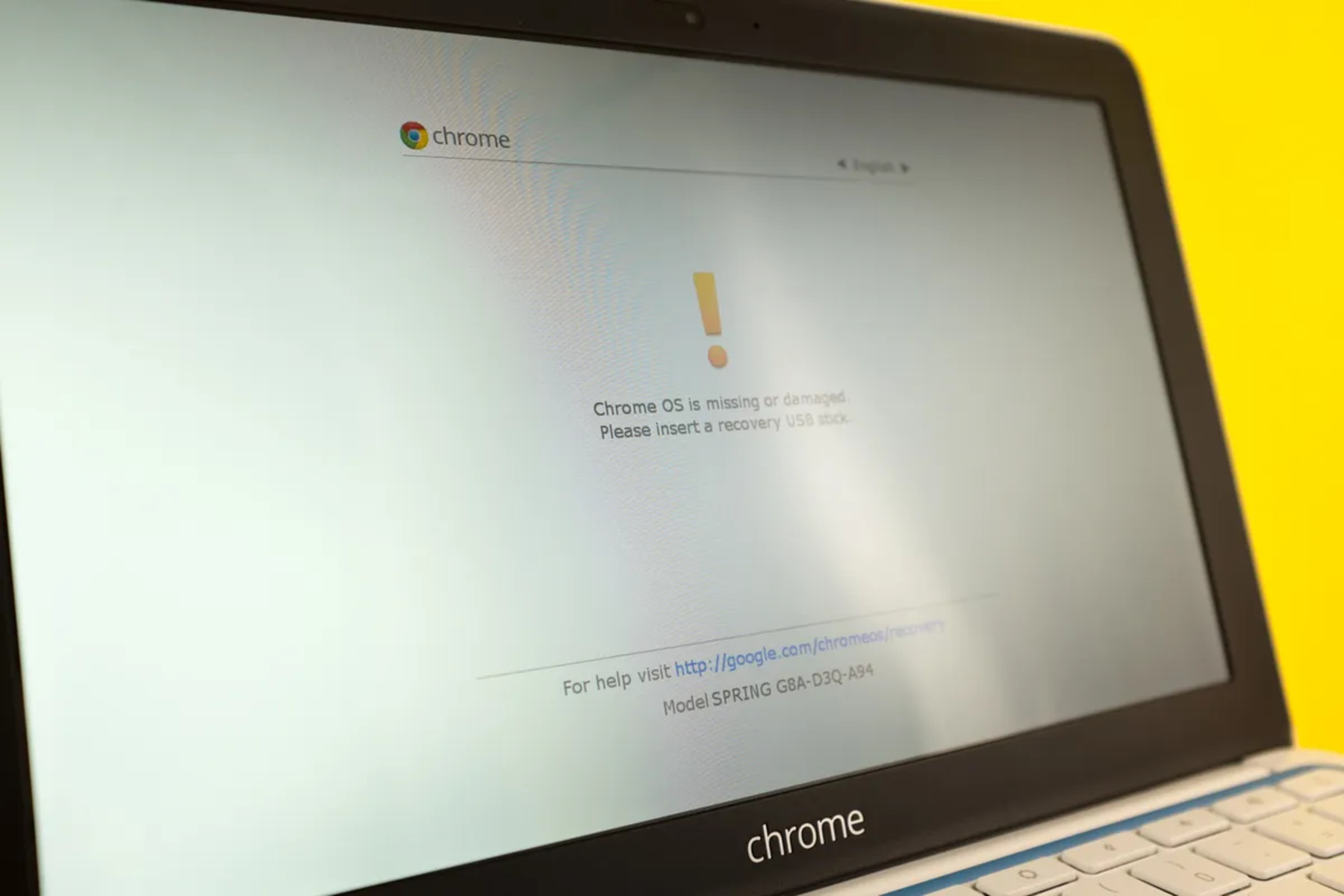

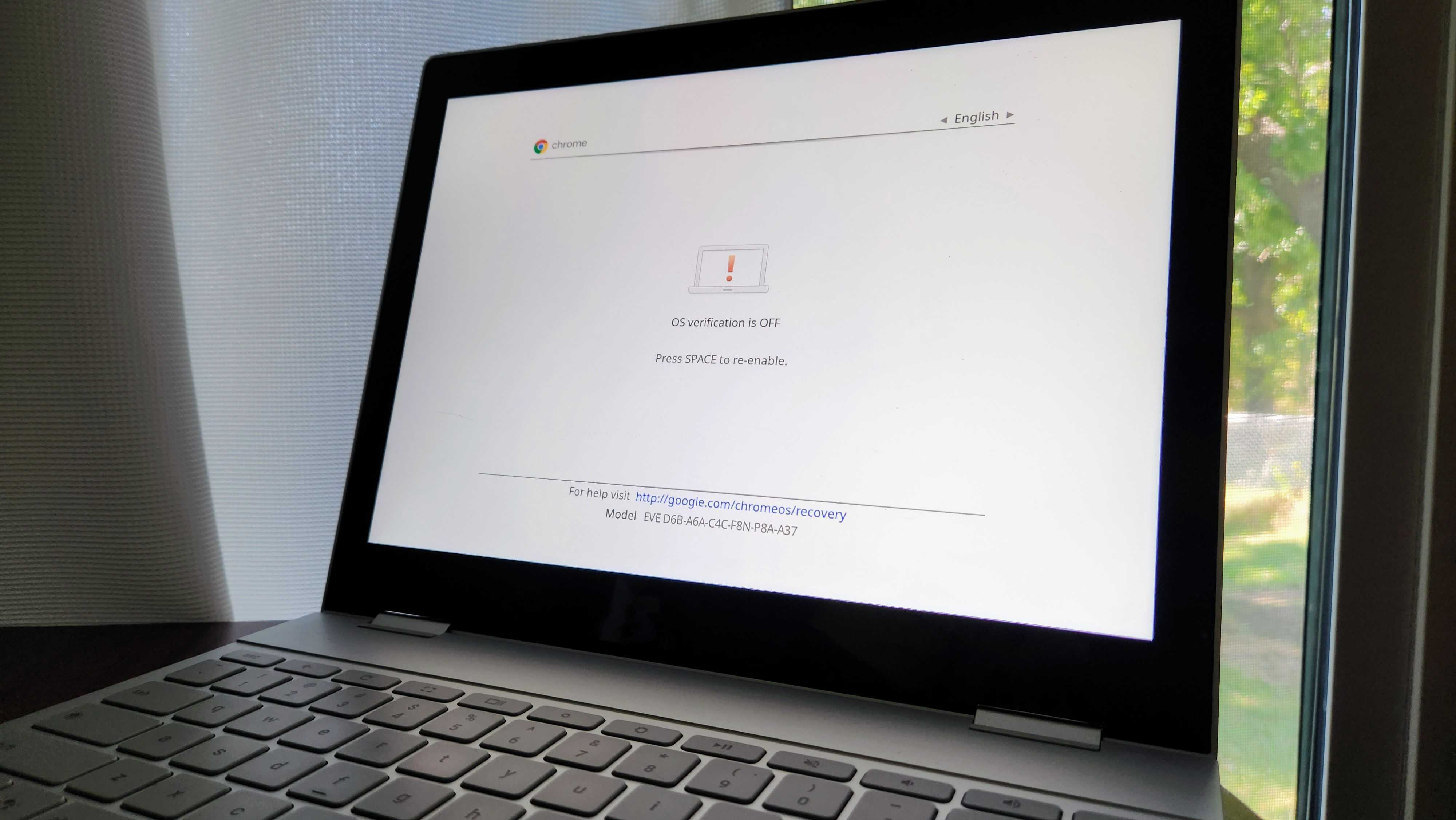
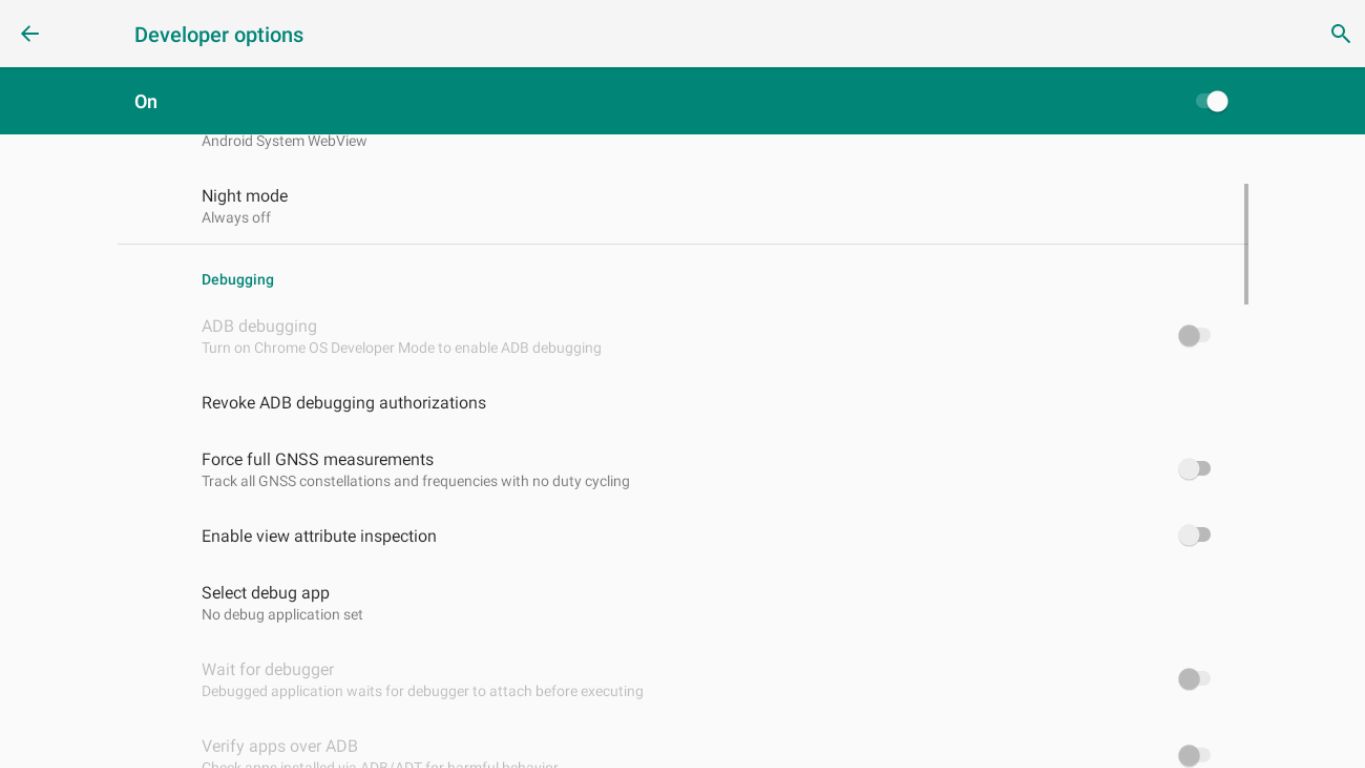
![How to Turn On Developer Mode on Chromebook [Step-by-step Guide]](https://robots.net/wp-content/uploads/2020/09/chrome-os-developer-mode-1-300x200.jpg)
